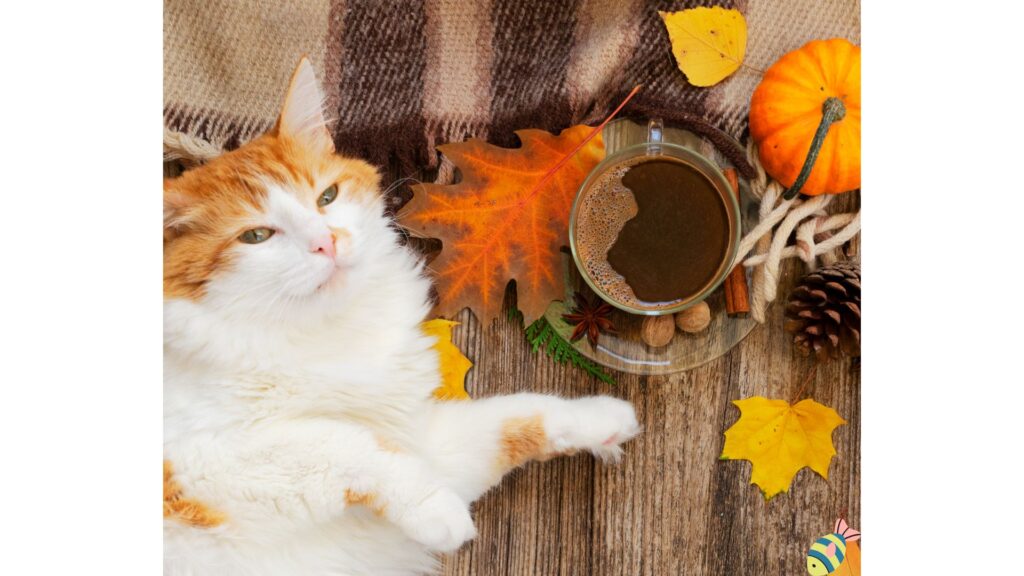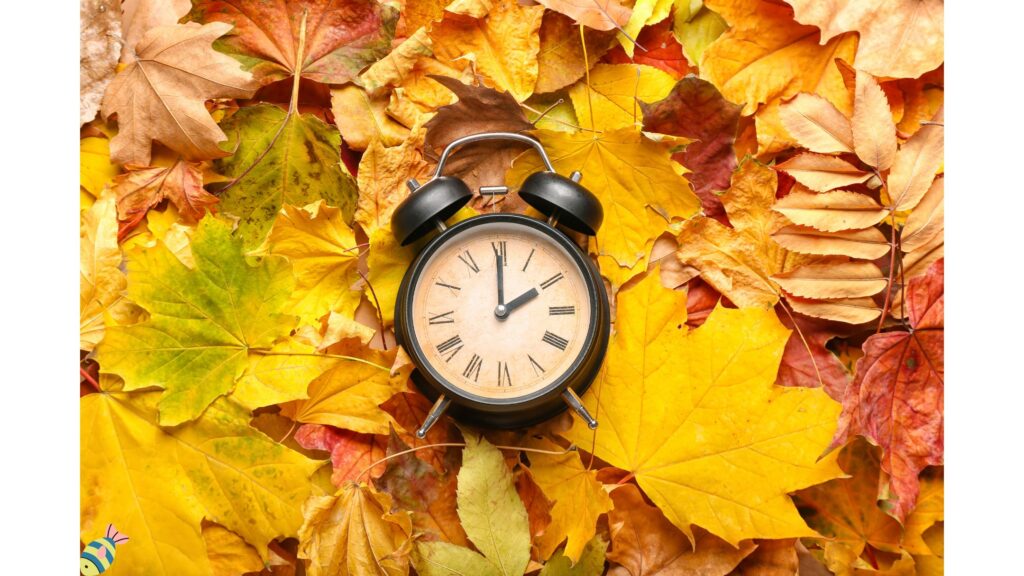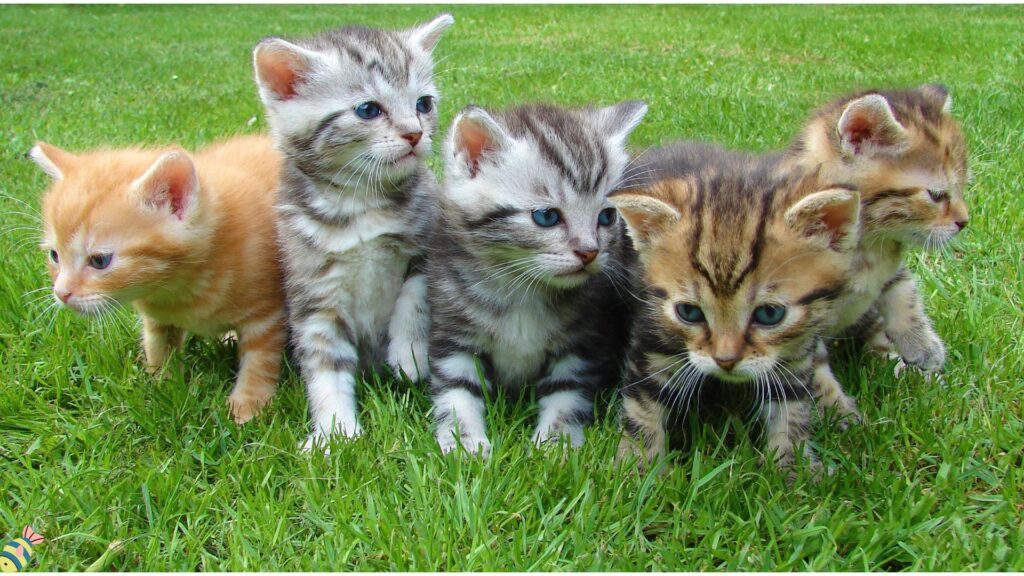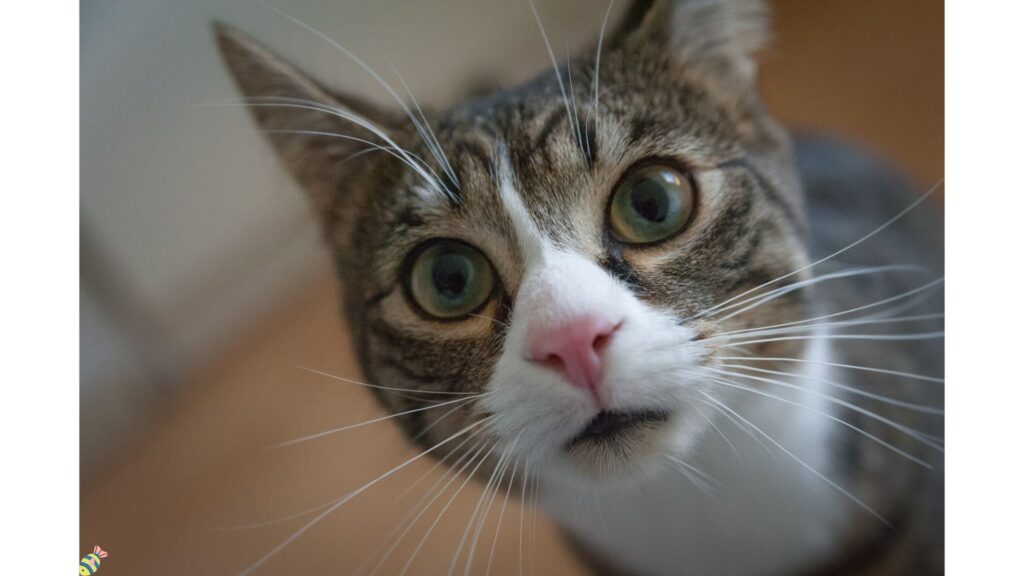Every year, the transition into and out of Daylight Saving Time (DST) sends ripples through the schedules of millions. Yet, it’s not just humans who feel the effects of this time shift—our feline friends do, too. As we spring forward or fall back, understanding how these changes impact your cat’s schedule can help maintain harmony and health in their routine.

Why Daylight Savings Matters to Your Cat
Cats are creatures of habit. Though they don’t use clocks, their internal rhythms are incredibly precise. They rely on the natural light-dark cycle to regulate their sleep patterns, feeding times, and activity periods. When DST disrupts this cycle, it can leave cats feeling disoriented and stressed.
Feeding Time Fiascos
One of the most significant impacts of DST on cats involves feeding times. If you’re accustomed to feeding your cat at 7 AM, suddenly shifting that to what feels to them like 6 AM can cause confusion and irritation. Cats are notoriously punctual about their meals, and a sudden change can disrupt their sense of security and well-being.

Sleep Schedule Shuffle
Cats are known for their love of sleep, often dozing for 12 to 16 hours a day. These snooze sessions are typically broken into shorter naps that coincide with the household’s activity levels. DST can throw off this delicate balance, leading to restless nights or overly sleepy days as their bodies try to adjust to the new schedule.

Playtime Puzzles
The shift in light and dark periods also affects your cat’s playtime and activity. Cats often enjoy a burst of energy in the mornings and evenings, sometimes referred to as the “zoomies.” With the time change, you might find that your cat’s zoomies occur when you’re not expecting them, potentially disrupting your sleep or work-from-home routine.
Easing the Transition
Fortunately, there are steps you can take to help your cat adjust to the time change with minimal stress.
Gradual Adjustment
About a week before the time change, start adjusting your cat’s schedule by 10-15 minutes each day. This gradual shift can help ease them into the new routine without a sudden jolt to their system.

Maintain Routine
Try to keep other elements of their routine as consistent as possible. If you play with your cat or have cuddle time at certain times of the day, keep those activities on schedule according to the new time. This consistency can provide a sense of normalcy and security.
Keep Them Active
Engaging your cat in play and activities, especially during their typical active periods, can help them adjust their energy levels to match the new timeline. Try introducing new toys or games to keep their interest and help tire them out before bed.

Monitor Feeding Times
If possible, use an automatic feeder that releases food at set times according to the new schedule. This can help automate the transition for your cat, ensuring they’re fed consistently and reducing their reliance on you waking up at a particular time.
Conclusion
Daylight Saving Time can be a challenging period for both pets and owners, but with understanding and preparation, you can help your cat adjust smoothly. By recognizing the impacts of these time shifts and taking proactive steps to ease the transition, you can maintain your cat’s health and happiness through the change. Remember, a little patience and consistency can go a long way in helping your furry friend adapt.
Please visit our pet products at Amazon.com: PUPPYSENTIALS



